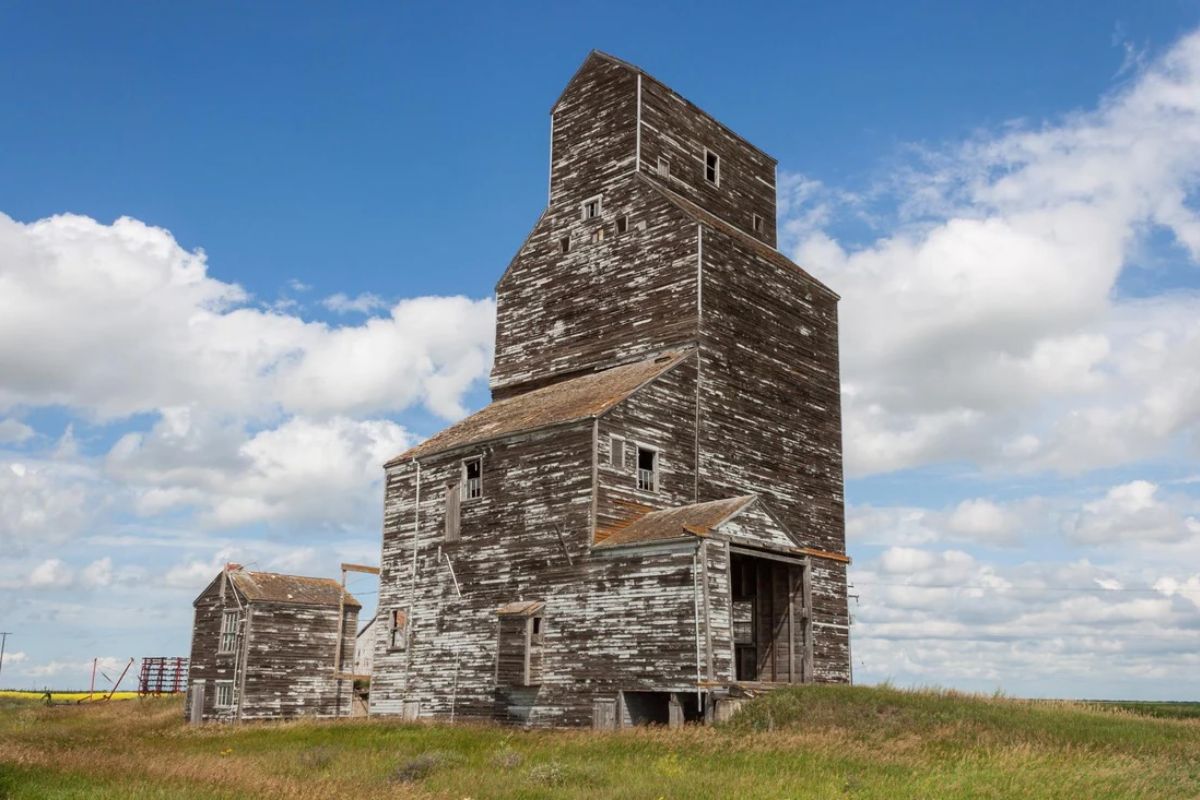Secrets Of Minnesota’s Forgotten Lumber Towns

Have you ever wondered about the hidden history of Minnesota's forgotten lumber towns? These once-thriving communities played a crucial role in shaping the state’s economy and landscape. Today, many of these towns have faded into obscurity, leaving behind ghostly remnants of their bustling past. Imagine walking through dense forests where sawmills once hummed with activity or exploring abandoned buildings that tell stories of hardworking loggers and their families. This journey through time reveals the rise and fall of these towns, offering a glimpse into a bygone era. Ready to uncover the secrets of Minnesota's forgotten lumber towns? Let's dive in!
Discovering Minnesota's Forgotten Lumber Towns
Minnesota's rich history is often overshadowed by its lakes and cities. Yet, hidden within its forests lie the remnants of once-thriving lumber towns. These places tell stories of hard work, community, and the rise and fall of industries. Let's take a journey through some of these forgotten gems.
1. Cloquet
Cloquet, located in Carlton County, was a bustling hub for the lumber industry. The town's sawmills were among the largest in the state. Today, visitors can explore the Cloquet Forestry Center and learn about the town's logging history.
2. Brainerd
Brainerd, nestled in the heart of Minnesota, was another key player in the lumber trade. The Northern Pacific Railroad played a significant role in transporting timber. The Paul Bunyan State Trail offers a scenic route through the area, perfect for biking and hiking.
3. Little Falls
Little Falls, situated along the Mississippi River, thrived due to its strategic location. The town's lumber mills were powered by the river's strong currents. The Charles A. Lindbergh State Park provides a glimpse into the town's past, with exhibits on its logging heritage.
4. Bemidji
Bemidji, known as the first city on the Mississippi, was a major logging center. The town's proximity to vast forests made it ideal for timber production. The Paul Bunyan and Babe the Blue Ox statues are iconic landmarks that celebrate Bemidji's logging roots.
5. Aitkin
Aitkin, located in Aitkin County, was a vital stop for lumberjacks. The town's sawmills processed vast amounts of timber from the surrounding forests. The Aitkin County Historical Society Museum offers insights into the town's logging history.
6. Grand Rapids
Grand Rapids, situated on the Mississippi River, was a key location for the lumber industry. The town's mills were powered by the river, making it a prime spot for timber production. The Forest History Center provides an interactive experience, showcasing the town's logging past.
7. Pine City
Pine City, located in Pine County, was a bustling lumber town in the late 19th century. The town's sawmills and logging camps were essential to the local economy. The Pine County Historical Museum offers exhibits on the town's rich logging history.
8. International Falls
International Falls, situated on the Canadian border, was a significant player in the lumber industry. The town's location made it a prime spot for timber transport. The Koochiching County Historical Museum provides a detailed look into the town's logging heritage.
9. Virginia
Virginia, located in the Iron Range, was not only known for its mining but also its lumber industry. The town's sawmills processed timber from the surrounding forests. The Virginia Area Historical Society offers exhibits on the town's dual industrial heritage.
10. Ely
Ely, nestled in the Superior National Forest, was a key location for logging. The town's proximity to vast forests made it ideal for timber production. The Ely-Winton History Museum showcases the town's logging and mining history.
Hidden Gems of Minnesota's Lumber History
Minnesota's forgotten lumber towns hold rich stories and hidden gems. These towns, once bustling with activity, now offer a glimpse into the past. Exploring places like Littlefork, Bigfork, and International Falls reveals the state's deep connection to the lumber industry. Each town has unique landmarks, museums, and natural beauty. Visiting these spots not only educates but also provides a sense of adventure. Whether it's hiking through old forests, visiting historic mills, or simply enjoying the small-town charm, there's something for everyone. These towns remind us of the hardworking communities that shaped Minnesota. So next time you're planning a trip, consider stepping off the beaten path. Discover the history and beauty of Minnesota's forgotten lumber towns. You'll find more than just history; you'll find a piece of Minnesota's heart.

